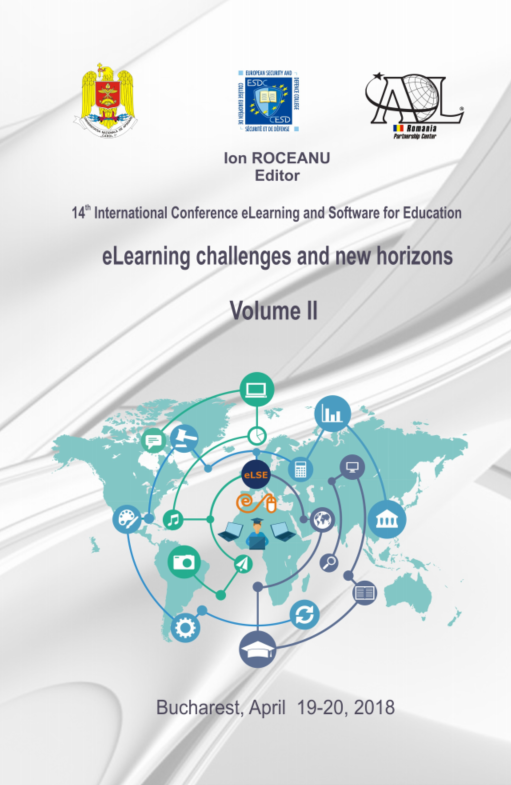Active Learning Techniques Applied in the Course “Telecommunication Security”
Active Learning Techniques Applied in the Course “Telecommunication Security”
Author(s): Adriana Naydenova BorodzhievaSubject(s): Social Sciences, Education
Published by: Carol I National Defence University Publishing House
Keywords: Active learning techniques; Classical ciphers; Encryption; Decryption; Digrafid cipher;
Summary/Abstract: The digital generation, called the generation of the six screens – the TV, the computer, the laptop, the tablet, the fablet, and the smartphone, cannot and should not be taught as children’ parents have been taught. Replacing the blackboard with white one, and the chalk with a marker, does not change things, i.e. this is not the way to motivate the students at schools and universities and postgraduates to accumulate knowledge and develop skills for their practical application. It is necessary, through the massive and effective use of ICT-based innovative educational technologies and didactic models, to adapt the education system to the digital generation, and by introducing the research approach into the educational process, to reorient it from mechanical learning to rediscovery of knowledge and developing skills. The paper presents active learning techniques applied in the course “Telecommunication Security” for undergraduate students in the specialty “Telecommunication Systems” at the University of Ruse on the topic of classical ciphers in cryptography. Active learning is a term widely-used in the context of school education, but nowadays it is growing in popularity within universities too. Active learning strategies are incorporated into every component of our course “Telecommunication Security”. For example, encouraging short partner discussions during lectures (i.e., think-pair-share), problem- or case-based research projects, and incorporating time for small-group critical analysis exercises during seminars are all great ways to actively engage students in learning. Some active learning strategies used in the educational process are: 1) facilitating independent, critical, and creative thinking (case-based problem solving exercises; debate); 2) encouraging effective collaboration (small-group discussions, peer instruction exercises); 3) increasing student motivation and performance. Incorporating active learning into the curriculum transforms the classroom into an exciting, dynamic learning environment.
Journal: Conference proceedings of »eLearning and Software for Education« (eLSE)
- Issue Year: 14/2018
- Issue No: 02
- Page Range: 025-032
- Page Count: 8
- Language: English

